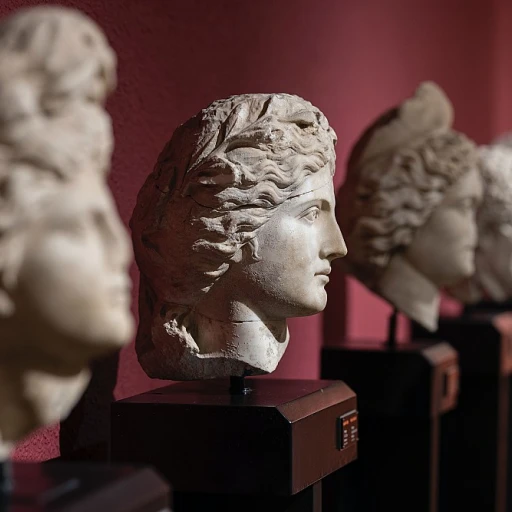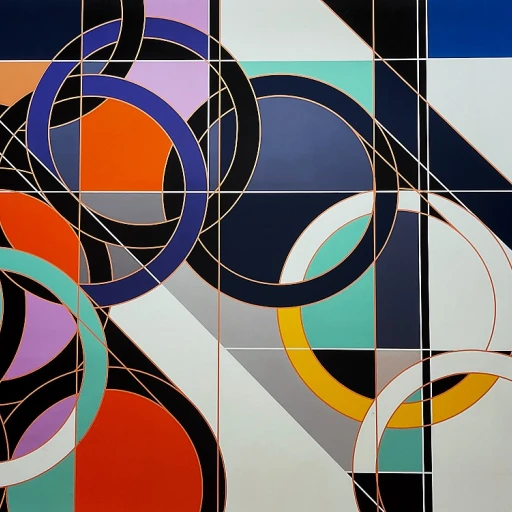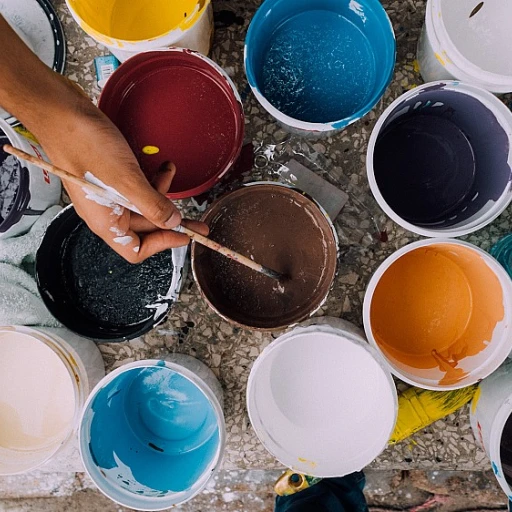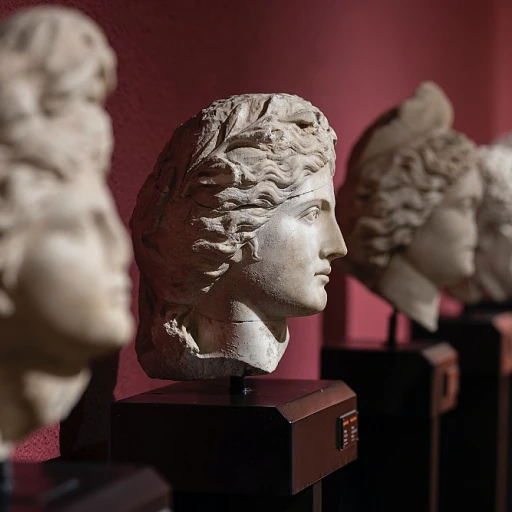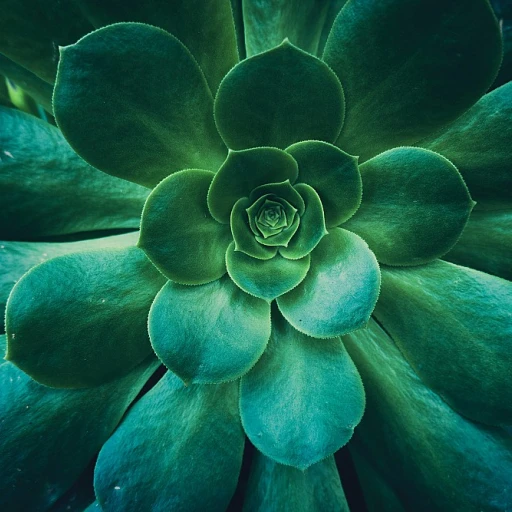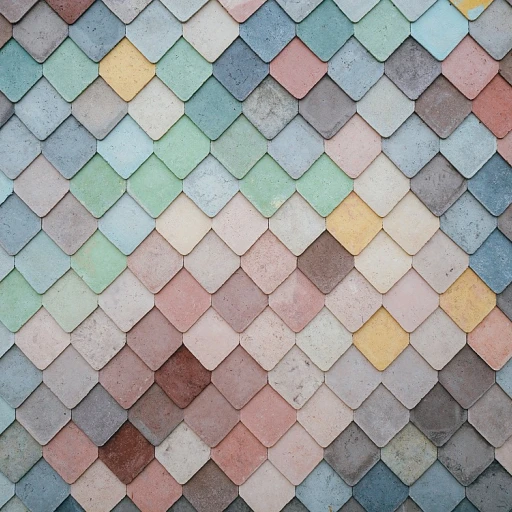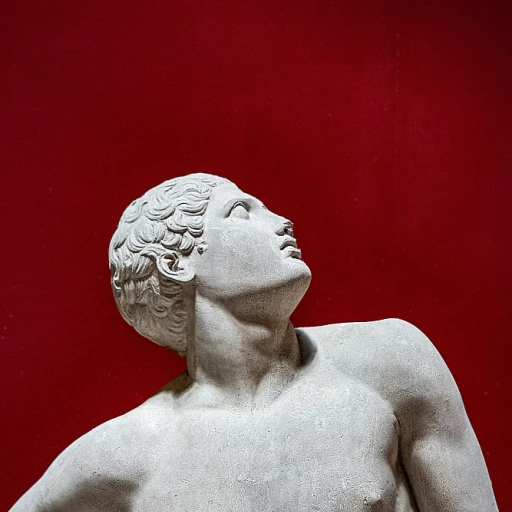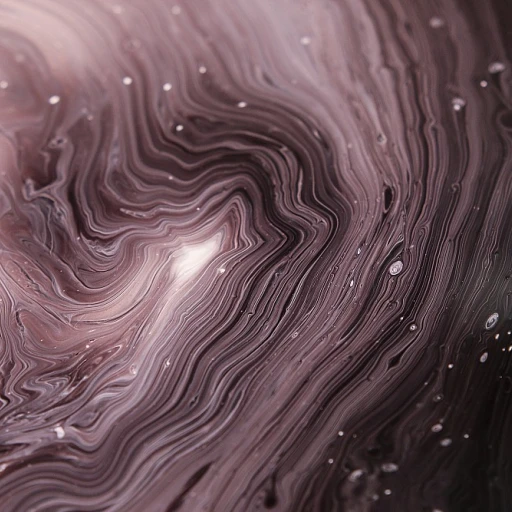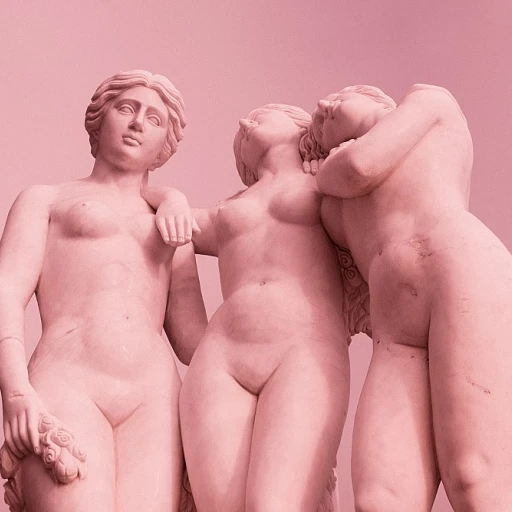-teaser.webp)
The Essence of Realism in Art
The Heart of Realism: Bridging Art and Life
Realism in art is an exquisite approach that seeks to reduce the gap between the depicted image and reality as perceived by the human eye. This style, grounded in precision and meticulous detail, mirrors the world with breathtaking honesty. With oil on canvas being a favored medium, realistic art paintings capture the nuanced interplay of light and shadow, vibrant colors, and intricate textures. Here, brushstrokes conjure life rather than mere semblance.
The allure of realism lies in its ability to evoke emotion through the ordinary. Artists such as Winslow Homer and Gustave Courbet transform everyday scenes into a profound visual dialogue, inviting viewers to engage with an unembellished representation of life. Their works exemplify how the realistic portrayal of scenes can add depth and dimension, enhancing both aesthetic appeal and storytelling.
In tackling the essence of realism, one must also learn about the challenges and techniques involved. The precision required in realistic paintings demands immense skill and patience. Each stroke must be carefully strategized to reflect the artist's vision, adding another layer of complexity to the creative process. Hyper realistic artists, for instance, push boundaries by focusing on details so minute, the paintings nearly deceive the viewer into mistaking them for photographs.
The world of luxury art reveres the authenticity and craftsmanship inherent to realism. Collectors and galleries alike appreciate the dedication involved in hand-painted realism, viewing it as an investment that's not merely monetary but also enriches life with timeless beauty.
Historical Evolution of Realistic Paintings
The Journey of Realism and Its Revered Masters
Realism in art has a rich and fascinating history that has evolved through centuries, leaving an indelible mark on the world of luxurious artwork. Originating in 19th-century France, realistic paintings began as a reaction against romanticism, which was characterized by its focus on emotion and individualism. The movement heralded an era where artists endeavored to depict life as it is, using a precise technique that showcased their highly honed skills. This transition is beautifully encapsulated in the work of renowned artists such as Winslow Homer, known for his evocative oil paintings that bring the art of realism to life. The evolution of realistic art paintings brought forward notable figures and masterpieces that continue to captivate art lovers today. Jean-Baptiste-Camille Corot, an early pioneer, utilized tranquil color palettes to portray serene landscapes, while Gustave Courbet's bold, honest depictions of everyday scenes challenged societal norms. Meanwhile, Edouard Manet’s innovative take on realism art injected a modern edge, bridging traditional realism with the avant-garde. As realism art evolved, artists like Jean-François Millet and William-Adolphe further enriched the genre with their compelling paintings, often highlighting the lives of the working class and bringing a new dimension to the portrayal of mundane life on canvas. These works paved the way for future artists to experiment with realism's parameters, adding emotion and narrative depth to what might otherwise seem like a straightforward depiction. In more contemporary narratives, hyper-realistic art has gained popularity, offering viewers a "quick view" into the incredibly detailed and lifelike images rendered by the artists' deft hands. Luminaries like Edward Hopper and John Singer Sargent continued the legacy, utilizing oil painting techniques to produce visceral experiences through their work. Many galleries today recognize the enduring allure of realism art, often dedicating entire exhibitions to showcase the impressive talent of artists who have mastered the canvas, such as those featured in timeless portraits. The investment in realistic art goes beyond the aesthetic appeal; it’s about owning a piece of history that reflects an authentic view of life and artistry. For those looking for investments in art, the sale price of these renowned pieces only underlines their intrinsic value and timeless beauty. Realistic paintings, whether situated in the historical evolution or the narrative-rich modern adaptations, offer a rich tapestry of life woven with precision and soulful artistry. For a deeper dive into the elegance of these timeless artworks, exploring timeless portraits in luxury art illustrates their intricate beauty and lasting impact.The Intersection of Luxury and Realism
The Harmonious Blend of Luxury and Realism
In the opulent world of luxury goods, the intertwining of luxury and realism in art is noteworthy. The dynamic combination not only celebrates the aesthetic but also enhances the intrinsic value of the artwork, making it a coveted possession among collectors and connoisseurs. Realistic paintings, with their vivid portrayal of life's minutiae, artfully add depth and dimension to luxurious spaces. Artists employing the realism technique masterfully use colors and textures to evoke emotions and create a captivating visual experience. This is vividly seen in works by modern masters like Winslow Homer and Edward Hopper, whose paintings transcend time. Similarly, historical figures in realism such as Gustave Courbet, Edouard Manet, and Jean Francois Millet have immortalized ordinary scenes on canvas, elevated to luxury status by the painstaking detail and authenticity their paintings possess. Oil paintings, a common medium in realistic art, further elevate the luxurious allure. The rich and vibrant layers of oil on canvas create a sensory experience that combines tactile allure with visual sophistication, meticulously painted by hand. Collectors often view these paintings in high regard due to their intricate craftsmanship and appreciable value over time, which often increases as the artworks mature in historical context and demand. Moreover, the gallery presentation of realistic art is as selective and discerning as the pieces themselves. One might check esteemed exhibitions showcasing realism art or visit a curated art gallery to truly appreciate these artworks' luxurious aura in person. The commanding presence of realism art within these settings undeniably commands a premium sale price, often accentuating the exclusivity associated with ownership. For those intending to invest in realism art, understanding the subtle nuances that enhance the price point is crucial. Seasoned collectors often learn to discern hyper-realistic and visually striking works from mere visually appealing paintings, determining the blend of investment potential and personal enjoyment. To explore more about how realism intricately laces through history and various art forms, luxury artwork enthusiasts might delve further into exploring the intricacies of art's evolution. Throughout history, realism has consistently played a significant role in luxury art, meshing traditional influences, such as those of Jean-Baptiste Camille Corot and William Adolphe, with contemporary trends to create a timeless aesthetic. The embodiment of realism within a luxury framework not only heightens the piece's visual appeal but also assures its enduring legacy and value.Challenges in Creating Realistic Art
Overcoming the Limitations in Realistic Art
Realistic art presents a unique set of challenges that artists must navigate to achieve the precision and depth that distinguishes this genre. The intricate task of replicating life on canvas with meticulous accuracy requires a profound understanding of not only the subject matter but also the techniques that bring it to life. As these artists delve into the realm of painting, they often wrestle with elements that demand both technical expertise and an intuitive grasp of reality. To master the art of realism, artists immerse themselves in learning to depict life with an authenticity that resonates with viewers. They must pay careful attention to details such as colors and textures, ensuring that every brushstroke adds to the narrative painted on the canvas. Realism requires a harmonized balance between color palettes and light play, reminiscent of the works of Winslow Homer and Edouard Manet, where even the subtlest hues evoke a lifelike presence. Here lies the critical role of materials like oil paints in realistic paintings. Oil allows for a depth of color and texture not easily attained with other mediums. Its versatility enables artists to manipulate layers and achieve hyper-realistic effects, transforming the viewer's quick view into an intimate gaze into everyday life. Historical figures like Gustave Courbet and Jean Baptiste Camille mastered the oil technique, influencing generations of artists seeking to add realism to their repertoire. The price of such transformative work is not just in monetary terms but also in the intellectual investment it demands. Realistic artists often spend years refining their skills, which significantly impacts the paintings' sale price in the art market, elevating them to luxury status. Realism, therefore, is not simply a style but a labor-intensive endeavor that requires unwavering dedication. Moreover, the challenge is compounded by the necessity to remain current with evolving techniques and artistic expressions. Influences from past masters like Camille Corot and McNeill Whistler serve as guiding beacons, yet each artist must imbue their creations with personal interpretations of life’s realities. This continuous evolution assures that realistic art remains a dynamic and ever-evolving field, enticing collectors and galleries who appreciate the fusion of technical prowess with art's emotive power. Finally, posing as yet another challenge, the artists need to combat the notion that realism is merely an imitation rather than an insightful exploration of the human experience. As realism art challenges the audience to look beyond the obvious, it is in these moments where the value lies, inviting viewers to contemplate and connect with the vivacity and depth of life captured in stunning detail.Investing in Realistic Art
The Value of Investing in High-Caliber Realistic Art
Investing in realistic art paintings can be a rewarding venture, both financially and emotionally. Realism art is revered for its ability to capture the essence of life with impeccable detail, making it a sought-after genre in the luxury artwork market.- Understanding Market Value: Realistic paintings often command a high price due to the skill required to capture lifelike details on a canvas. Renowned artists like Winslow Homer and Gustave Courbet have set the benchmark for what is valued in this art form. Their works remain in high demand at art auctions and galleries, reflecting their investment potential.
- Artistic Legacy: When exploring artists in realism, painters such as Edouard Manet and Jean Francois Millet have left a lasting impact on this genre. Collectors often seek pieces from iconic painters, believing these works to increase in value over time.
- Diversification: Diversifying your art collection with realistic paintings adds depth and variety, especially when complemented with other forms such as hyper-realistic and impressionistic artworks. This approach may appeal to varied buyer interests should you decide to sell parts of your collection.
- Display and Preservation: Once acquired, displaying these paintings appropriately enhances their value and longevity. Utilizing controlled lighting, minimizing exposure to harsh light, and employing careful framing can preserve the vibrant colors and intricate details that realism art showcases.


